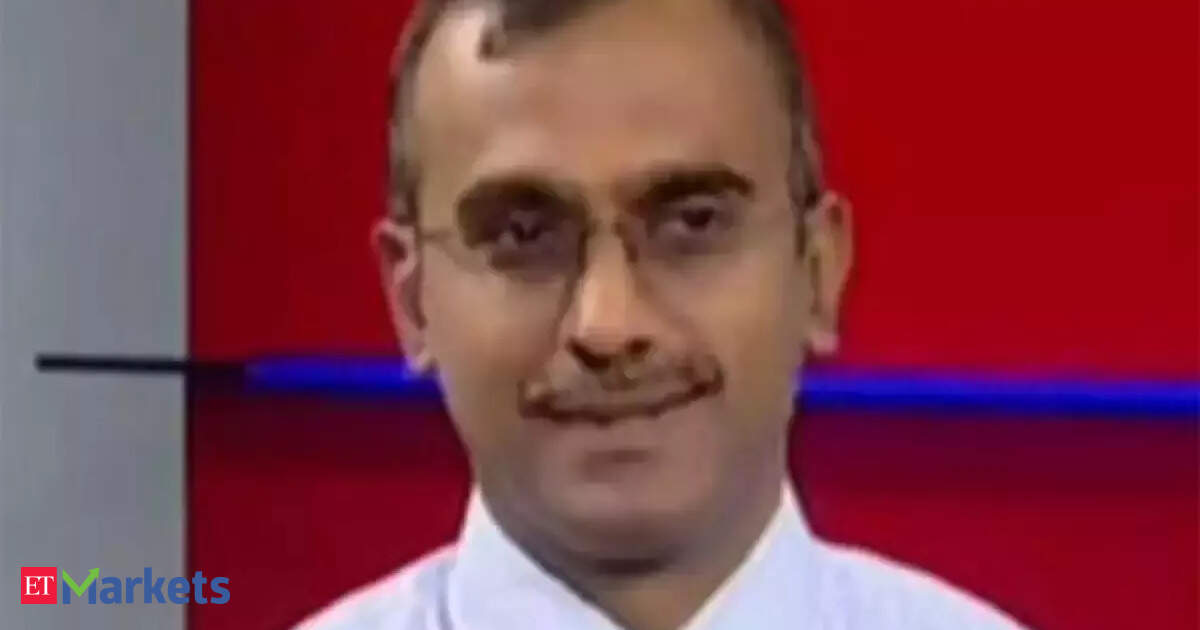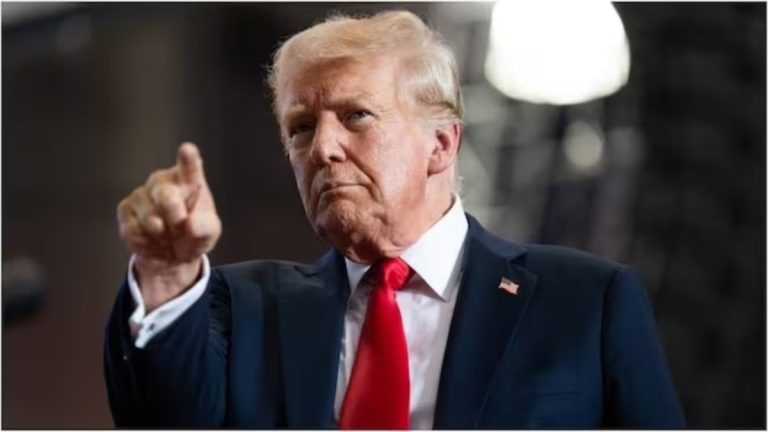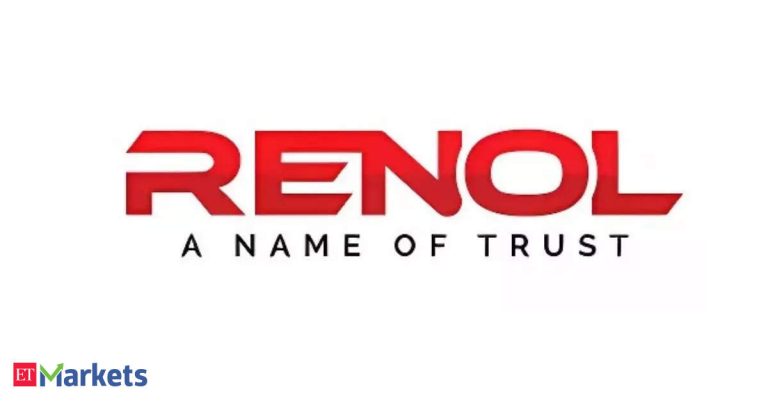Let’s find out if Sridhar Sivaram, who has always been cautious, is still as cautious or not. Is it caution, green light, red light, or amber as always?
Sridhar Sivaram: I continue to maintain the cautious view we discussed four to five months ago. However, I’m more optimistic about the second half, because many of the reasons for our earlier caution are now playing out — poor earnings, macro headwinds, and the ongoing tariff-related issues. In the next three to six months, much of this could be behind us.
Additionally, the RBI Governor now seems more inclined to support growth. So, when I put all these pieces of the puzzle together, the second half looks more promising, and hopefully, the markets will revive. We’ve gone almost a year with no returns — that’s essentially a price correction. A lot has already played out through time correction as well. So hopefully, the second half will be better. Maybe we’ll see another three to four months of this sideways market movement, and then we could resume an upward trajectory.It’s certainly testing investors’ patience. But did you anticipate this earnings softness, particularly among the larger private banks? It’s been stark on both ends.
Sridhar Sivaram: Yes, when it comes to financials, we had been flagging concerns around unsecured lending for a while. There were red flags visible in various areas, and we were especially cautious on NBFCs and small finance banks, given their larger exposure to unsecured loans compared to the bigger banks.
But I must admit, the provisioning by the larger banks did come as a surprise — I didn’t expect it to be this high. It reflects ongoing economic softness across segments. Weakness in one area of the economy is cascading into others — unsecured lending is now affecting two-wheelers, and that’s extending to commercial vehicles. The stress is shifting.
I believe we are probably a quarter away from the bottom of this NPA cycle. There was certainly irrational exuberance in the banking and NBFC space regarding aggressive lending. The RBI has rightly clamped down on that. Even microfinance (MFIN) has introduced some guardrails. So things are gradually falling into place. Are we at the bottom? Maybe one more quarter, and we’ll get there.
Another factor that didn’t help was the consensus bullish view on banks and financials — it raised expectations and made the scope for disappointment much larger, hence the exaggerated stock reactions. Do you think financials, given their heavy index weightage, will continue to lead? Or could leadership shift post these earnings?
Sridhar Sivaram: I think leadership is going to change. Our large financials are now massive. Look at SBI — a ₹40 lakh crore loan book; HDFC — close to ₹30 lakh crore. Both are guiding for system-level growth, around 12%. So, at best, you’re talking about 10%–12%, maybe 15% growth if all goes well. These will be steady, long-term performers, mainly due to their size.
We’ve gotten used to HDFC Bank growing at 20% for years. That era is over. They’re too large now to outperform the system meaningfully. So, there has to be a reset. If these banks were trading at 4x price-to-book, that valuation will eventually correct if growth slows to system levels.
Even within the banking space, leadership is changing. It’s hard to see banks leading from the front, though markets do have a way of surprising us. I would expect leadership to emerge from another sector — maybe manufacturing, maybe pharmaceuticals. At this point, we’re not seeing big sector-wide themes. It’s more about bottom-up stock picking. And even that’s becoming increasingly difficult. As I mentioned last time, finding good ideas isn’t easy. So, the strategy is to hold on to companies where you believe the earnings outlook is strong and stay invested.
One sector that is showing strong growth is EMS. Companies are taking significant strides in manufacturing and making a mark. However, there’s some concern about valuations. I believe you’re still bullish on this theme?
Sridhar Sivaram: Yes, we remain bullish on EMS for a simple reason — the earnings growth is very strong. Are valuations slightly stretched? I would agree. But when the sector is growing at 35%–40%, or even more in some cases, the momentum is hard to ignore. We’re short on sectors with strong earnings outlooks, which is why EMS stocks are trading at higher multiples.
Every three to six months, we do see sharp corrections in this sector as well. So, for anyone looking to enter, it’s best to wait for a dip. Another important development is the growing connection to Apple’s ecosystem. This could be India’s “auto moment” — like when Maruti entered in the ’90s and triggered the rise of the entire auto ancillary industry. We’re already witnessing the beginning of that transformation.
Many companies tied to EMS and the Apple supply chain are ramping up operations. In fact, reports suggest Apple is urging Indian promoters to increase capacity, but many are hesitant. Apple is giving out more orders, but the local players aren’t scaling up fast enough — that’s the current friction.
Over time, the whole EMS ecosystem will evolve. That’s how we’re looking at it — EMS might just be to this decade what auto was in the ’90s. We believe the opportunity is significant.







